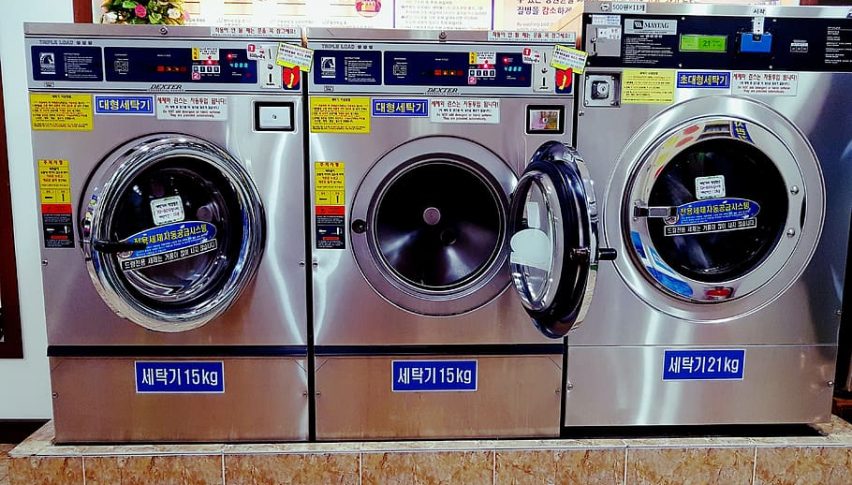AUDUSD Holds Close to 0.68 Disappointing Flat Retail Sales
AUD/USD has moved from hitting its lowest point of the year to reaching its highest in just a few weeks, peaking above 0.68 yesterday.

This month, the Australian dollar has shown surprising strength, with the AUD/USD pair climbing more than 4 cents from its early August low, when it dropped below 0.6350, to peak above 0.68 for the first time this year. This marks a dramatic reversal, as AUD/USD has moved from hitting its lowest point of the year to reaching its highest in just a few weeks.

The pair has recovered swiftly, gaining 467 pips in three weeks and breaking above the upper boundary of its previous range of around 0.67. However, the pair appears to be overbought, as indicated by the stochastic indicator, and it faces potential resistance with the 100-week SMA (red) just above at 0.6840. On shorter timeframes, the AUD/USD looks even stronger, buoyed by the Reserve Bank of Australia’s (RBA) hawkish stance on interest rates and a July CPI inflation report that, while slowing, came in above expectations.
AUD/USD Chart Weekly – New Highs for the Year
The month-on-month change in CPI was flat in July, suggesting that inflation might be stabilizing while YoY inflation beat expectations despite falling lower. Consequently, the Australian Dollar has demonstrated resilience this week, holding steady against the US Dollar and even appreciating, while other risk currencies like the Euro have dropped by more than a cent. Early today, we received Australia’s retail sales data for July, which were expected to rise by 0.3%, compared to a 0.5% increase in June. These factors continue to support the Australian Dollar, underscoring its recent outperformance among major currencies.
Australia Retail Sales Report for August
- Overall Retail Sales: 0.0% (vs. 0.3% estimated)
- July Retail Sales: 0.5%
Breakdown by Category:
- Clothing, Footwear, and Personal Accessories: -0.5% (largest decline)
- Department Stores: -0.4%
- Cafes, Restaurants, and Takeaway Food: -0.2%
- Household Goods Retailing: 0.0% (unchanged)
- Other Retailing: 0.0% (unchanged)
- Food Retailing: 0.2% (the only category to show an increase)
This report indicates that retail sales in Australia stagnated in August, failing to meet expectations and highlighting a slowdown in consumer spending. Most sectors saw declines or remained flat, with clothing and department stores leading the drop. Food retailing was the only category that posted a modest gain, suggesting that consumers may be prioritizing essential spending amid economic uncertainty.
AUD/USD Live Chart
- Check out our free forex signals
- Follow the top economic events on FX Leaders economic calendar
- Trade better, discover more Forex Trading Strategies
- Open a FREE Trading Account



